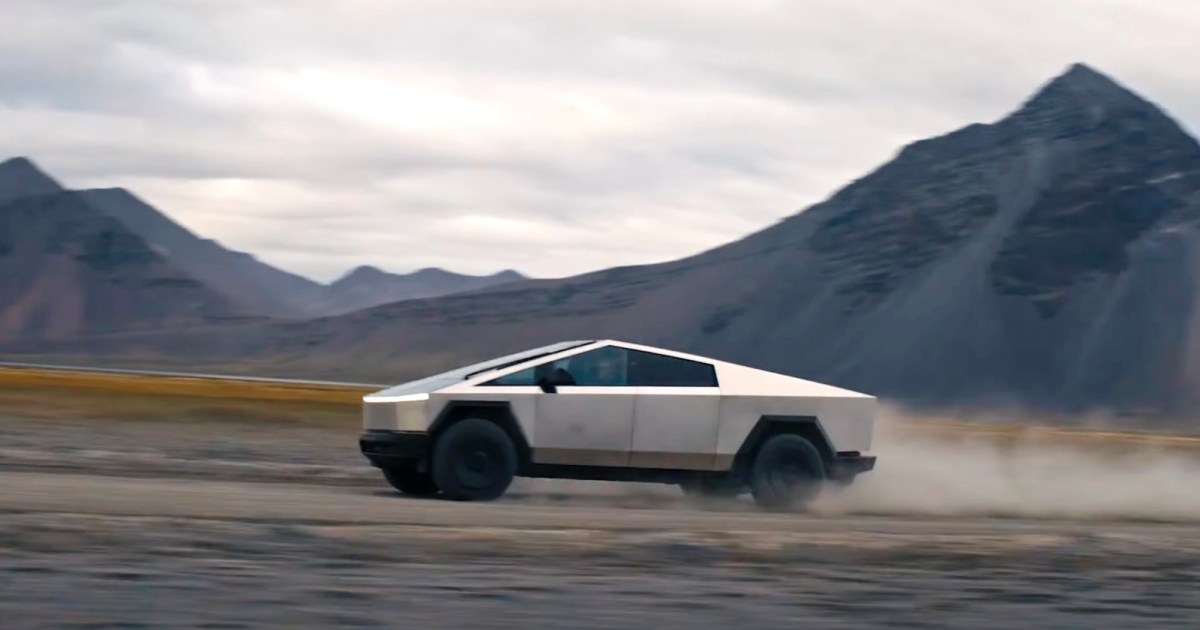The share of electric and hybrid vehicle sales continued to grow in the U.S. in the third quarter, the Energy Information Administration (EIA) reported this month.
Taken together, sales of purely electric vehicles (EVs), hybrids, and plug-in hybrids (PHEVs) represented 19.6% of total light-duty vehicle (LDV) sales last quarter, up from 19.1% in the second quarter.
But the increase was mostly led by sales of hybrid vehicles, which represented 10.8% of U.S. light-duty vehicles sales in the third quarter, a record, according to the EIA.
Please enable Javascript to view this content
Meanwhile, EV sales decreased, with their share of the LDV market falling from 7.4% in the second quarter to 7% last quarter.
EVs remain popular in the luxury vehicle segment, representing 35.8% of U.S. LDV luxury sales. But as a share of total EV sales, luxury EVs have seen their sales fall to their lowest level since 2017, as non-luxury EV sales have increased, EIA says.
Nonetheless, 70.7% of EVs sold in the U.S. in the third quarter were luxury vehicles, while only 10.3% of hybrid vehicles sold were in the luxury segment.
In the U.S. EV market, Tesla still dominates in sales, led by its Model Y and Model 3. The recently launched Cybertruck outsold its large truck competitors, such as the Rivian R1S, Rivian R1T, Ford F150 Lightning, Chevy Silverado EV, Hummer EV, and GMC Sierra EV.
The average purchase price for a new EV, before any incentives, was $56,351 at the end of the third quarter, or about 16% above the industry average price, according to Cox Automotive.
Besides price considerations, drivers are giving hybrid vehicles high marks this year. Many hybrids were found to be the most reliable vehicles on the market, according to a Consumer Reports survey. As a category, hybrids are now considered by drivers to be as reliable as non-hybrid gas cars.
The EIA, citing data from Wards Intelligence, reported that 78.9% of total EVs sold in the U.S. were produced in North America, while 7.3% were produced in South Korea, and 5.3% were made in Germany.
In order to quality for the $7,500 tax incentive on the purchase of a new EV, manufacturers must comply with domestic content requirements for final assembly, battery components, and critical mineral inputs, the EIA says.
The incoming Trump administration is reportedly planning to end the tax incentive when Trump takes office early next year.







